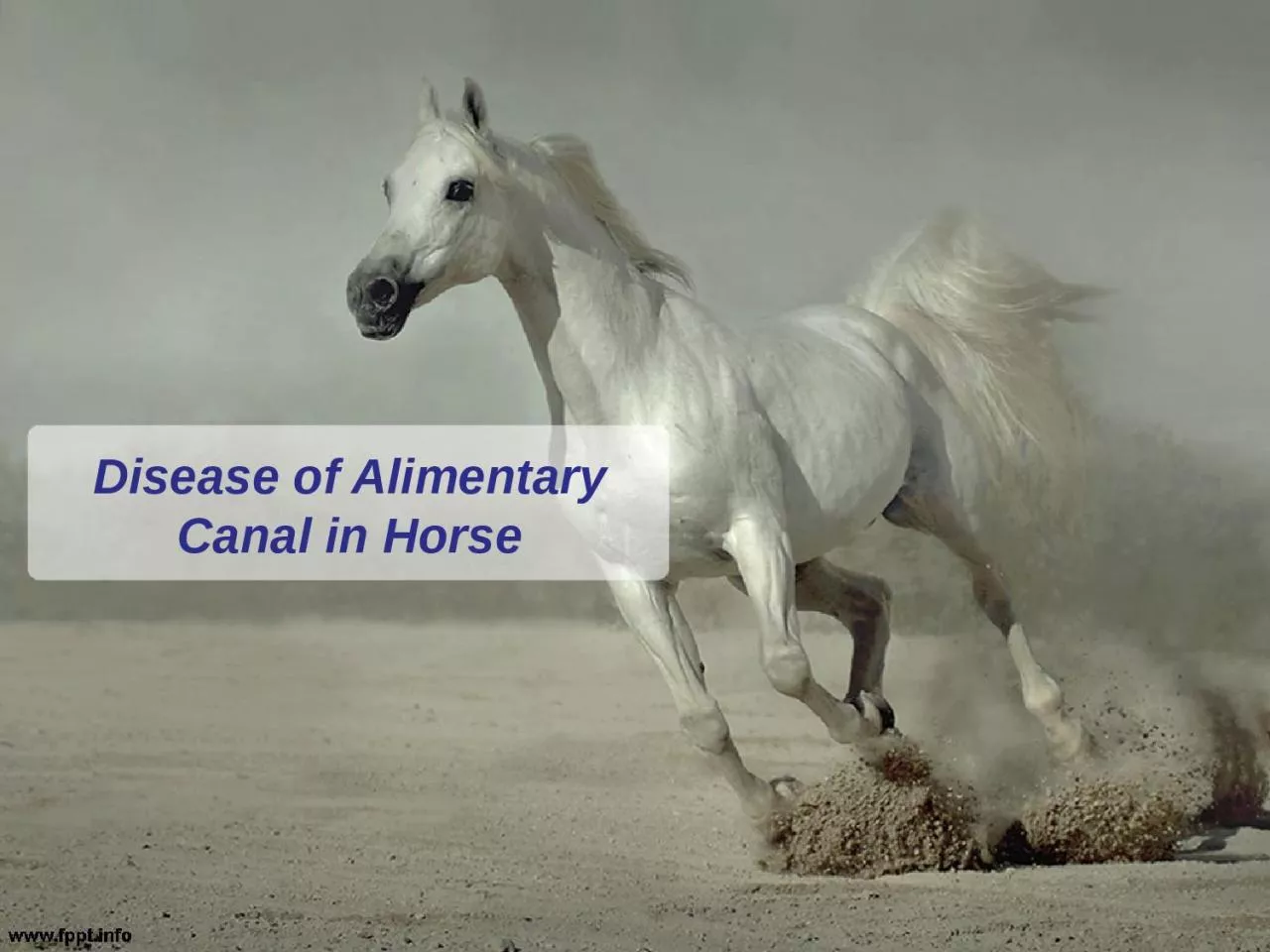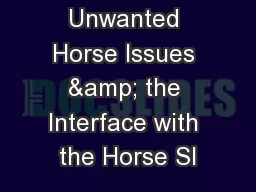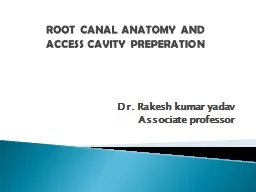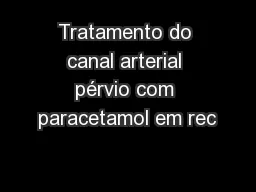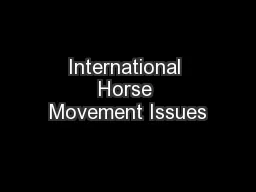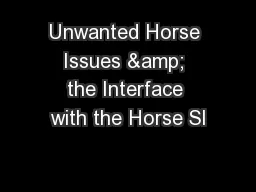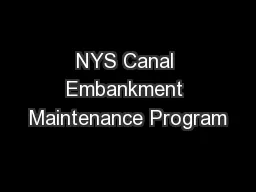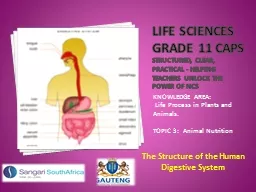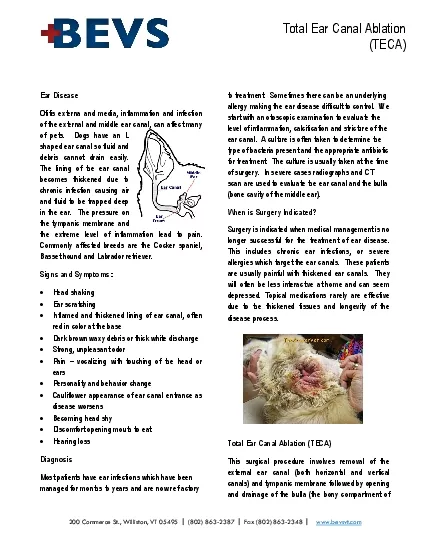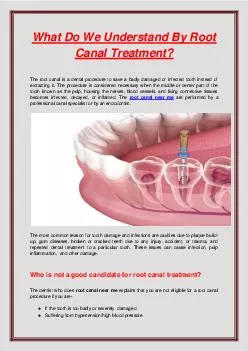PPT-Disease of Alimentary Canal in Horse
Author : grace3 | Published Date : 2022-06-11
Choke Although apples small nubbins carrots are reported as causing this condition by far the commonest cause of choke in the equine is the hurried eating of dry
Presentation Embed Code
Download Presentation
Download Presentation The PPT/PDF document "Disease of Alimentary Canal in Horse" is the property of its rightful owner. Permission is granted to download and print the materials on this website for personal, non-commercial use only, and to display it on your personal computer provided you do not modify the materials and that you retain all copyright notices contained in the materials. By downloading content from our website, you accept the terms of this agreement.
Disease of Alimentary Canal in Horse: Transcript
Download Rules Of Document
"Disease of Alimentary Canal in Horse"The content belongs to its owner. You may download and print it for personal use, without modification, and keep all copyright notices. By downloading, you agree to these terms.
Related Documents

